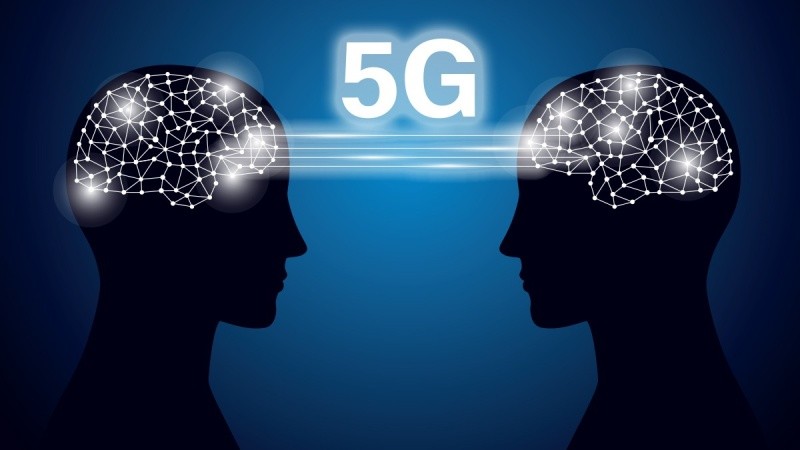Artificial Intelligence, or AI, are revolutionizing multiple industries with advanced algorithms and programs to process information without the risk of human error. One such industry experiencing the integration of AI now is the healthcare industry.
With physician need at an all time high, the use of these technologies both improves medical outcomes and offers preventative methods of many illnesses. More so, with the newest 5G network available, reaching patients through telemedicine platforms, in conjunction with AI technologies, changes the approach to healthcare entirely; easing the experience for provider and patient through a virtual setting.
The Potential of Artificial Intelligence
Voice recognition is a helpful tool for users, allowing them to command their AI technology to preform certain tasks without having to touch anything, but what is in a voice? Well, some AI process the sound of a voice and monitor speech patterns to asses an individual’s overall mental health. In an effort to improve the outcome of diagnosis available through telemedicine or other virtual platforms, some AI are being developed to identify key markers of depression or anxiety within the natural speech of a person. These tests provide a real-time assessment for patients and give providers an initial background to their patient before meeting, which leads to a more efficient session even through virtual platforms. Voice is also important when giving commands to AI for successful completion of a task. For medical providers, however, this can be problematic as many terms or vocabulary spoken can be misunderstood by common AI in commercial use. Thus, the use of AI with medically relevant programming fits the everyday use of the medical provider, allowing them to record notes or fill charts via voice. Suki is one such AI giving medical professionals the ability to make notes, record observations, and document charts all via voice recognition. The digital assistant can record patient medical history, assessment of the patient during examination, and any post-consultation notes all while medical professionals are hands free. In conjunction with voice recognition AI, specific technologies are designed to monitor a patient’s recorded history and symptoms to identify any risks of complication as a preventative measure. Healthcare providers can be notified of pre-existing conditions or risk of certain diagnoses upon the patient entering the facility. While these AI are still new to the market, in broad application they have the potential to completely revolutionize the way we look at healthcare by improving medical outcomes and preventative methods, all without the risk of human error.
5G Accessibility
Accessing these technologies are not always certain as they require connection to a server, data, and accessibility to consumers. However, with the 5G network (the newest generation of the mobile network) healthcare professionals and patients can find access to these technologies, even in rural areas. For providers, communicating with patients or seeking a second opinion from other physicians in their specialty are now available at their fingertips, without issue of connectivity despite their geographical location. For patients, the 5G network allows them to consult a medical provider, request prescriptions, and even view test results; even in areas where healthcare may be limited. Because the network is designed to improve data speeds, reliability, and availability, users now have the connection to access telemedicine and these potentially life changing AI from virtually any geographical location. The 5G network also improves infrastructure to carry and transmit data through numerous towers and servers with wide range connectivity. This infrastructure is vital in the ability to store health records securely and allow sharing between system to system, which will ultimately improve continuity of healthcare for patients seeking medical attention through any hospital or telemedicine platform. With these tools in place, accessibility to holistic healthcare in conjunction with innovative technologies have the potential to revolutionize the approach to healthcare around the globe.





